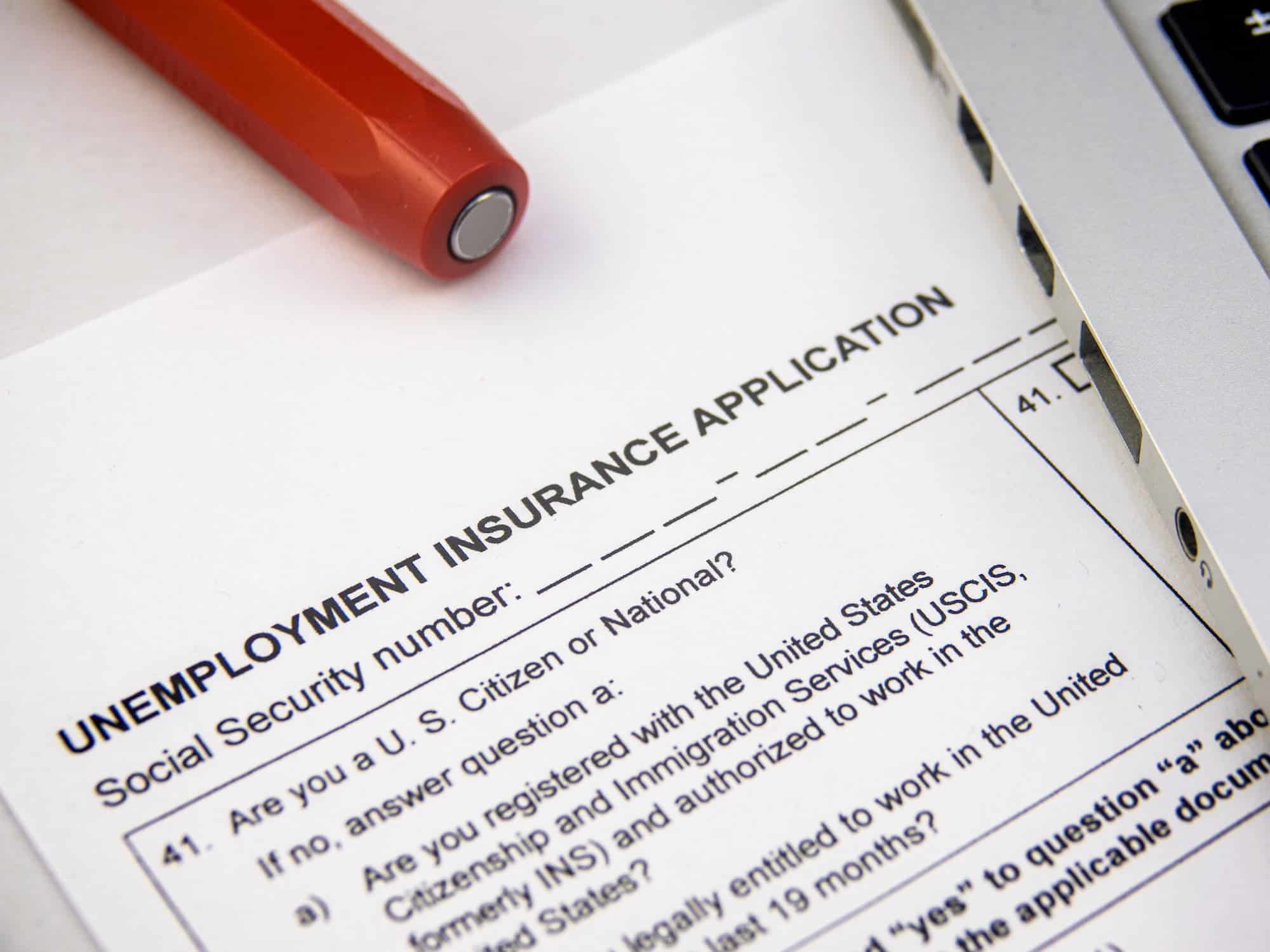
Latest News
Stay informed. Keep up with all news regarding PARRIS, from verdict success stories to latest legal tips.
Free ConsultationNoushin Faraji, a former Fox Sports hairstylist, initiated a lawsuit making serious allegations of s...Read More

California’s laws are changing—again. Starting January 1, 2025, new rules will impact everything fro...Read More

Every year, countless Californians and visitors suffer serious injuries in auto accidents, with many...Read More

When a car accident occurs, the immediate concern is physical recovery. Yet, often lurking in the af...Read More

As the New Year begins, workers in Santa Clarita will wake up to a small but significant change: an ...Read More

As a California employer, navigating the labyrinth of labor laws can be complex, especially with the...Read More


